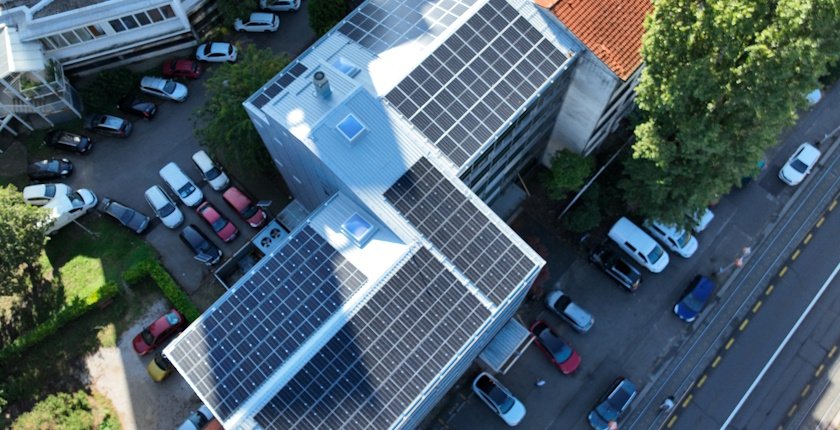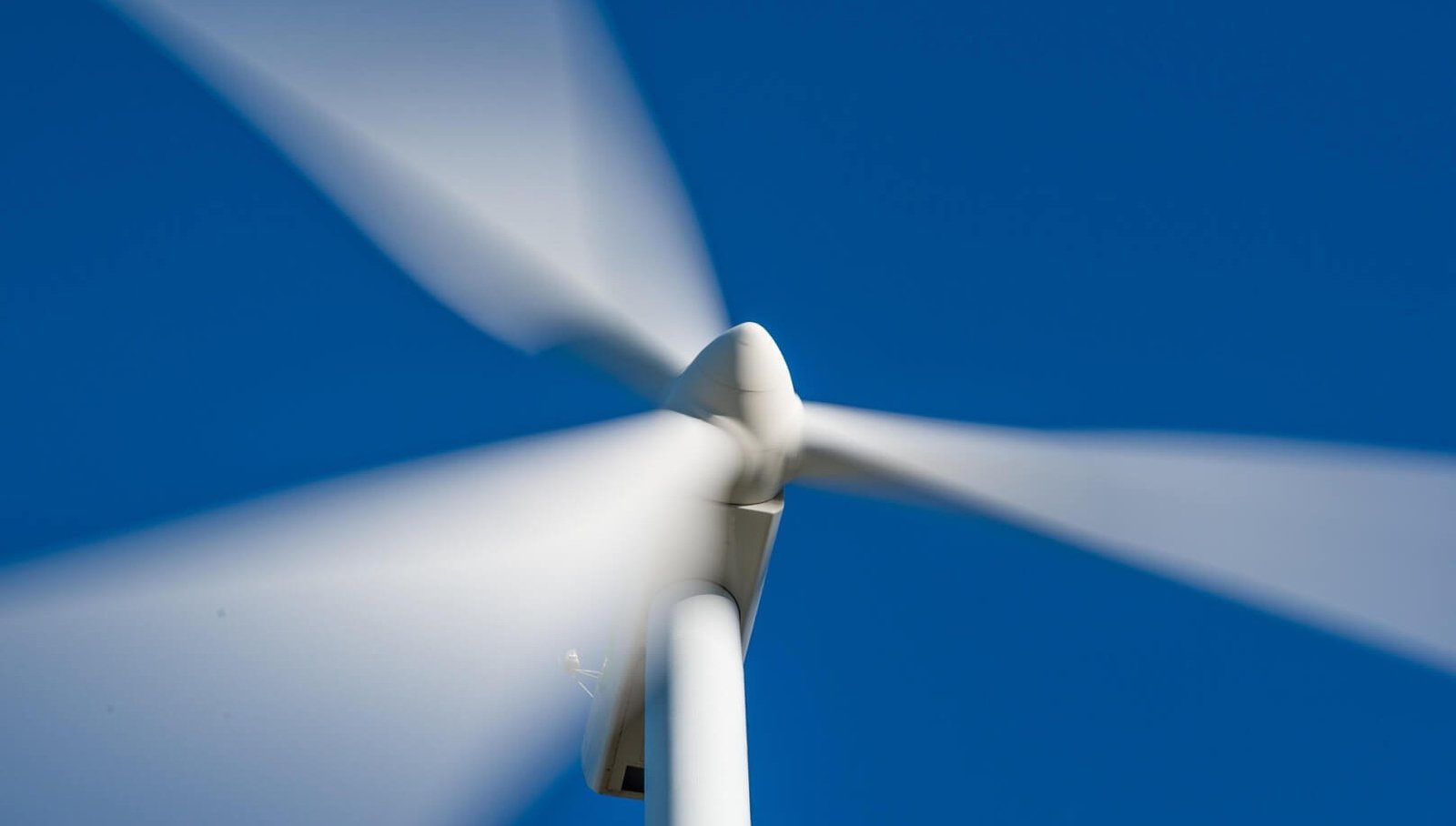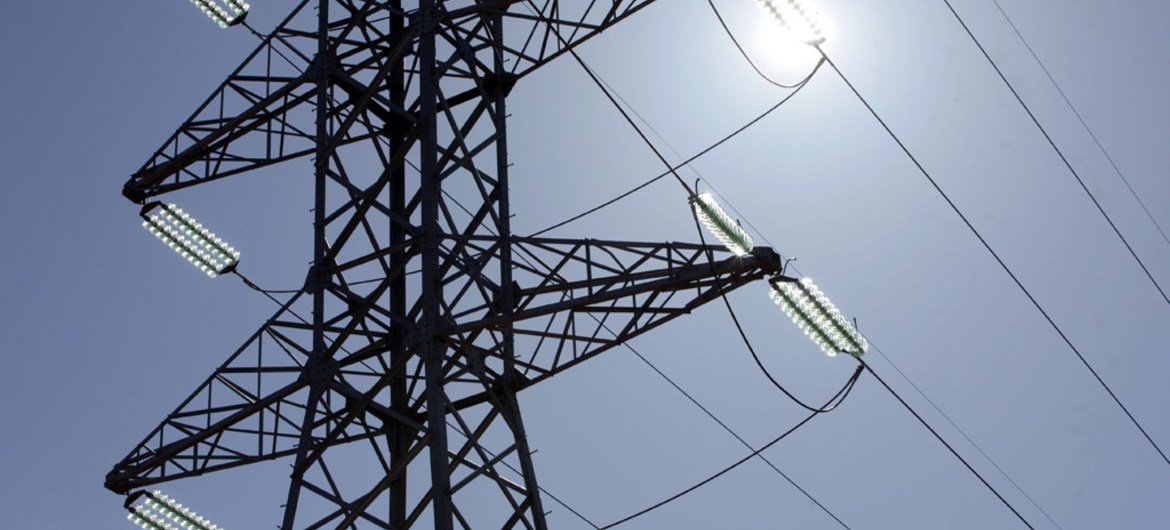Virtual power plants (VPPs) are increasingly gaining traction in the energy sector and beyond. These systems help manage electricity from multiple sources, allowing both producers and consumers to adjust their energy usage and potentially generate additional income.
As electricity prices fluctuate, many businesses and institutions are investing in solar panels to manage costs. VPPs, created by aggregators, provide flexibility services that enable new electricity producers and consumers—known as prosumers—to either decrease or increase their energy consumption or store energy for later use.
The installation of solar panels is booming across Europe, including the Western Balkans. This growth benefits individuals and organizations that produce electricity for self-consumption. The ongoing trends of democratization and decentralization in the energy sector are leading to a rise in small energy producers and more distributed renewable energy generation.
Aggregators act as intermediaries, connecting small producers as well as larger solar and wind farms with energy consumers who can adjust their usage on demand. These connections allow VPPs to function similarly to traditional power plants by using software to synchronize various energy sources and storage systems. This capability helps smooth out the variability of renewable energy, such as solar and wind, and supports a more reliable energy supply.
To operate effectively, VPPs require substantial regulatory frameworks, which are gradually being established in regions like Bosnia and Herzegovina, Croatia, and Hungary. An example of this is the Energy Institute Hrvoje Požar (EIHP) joining the KOER virtual power plant in Croatia. EIHP has made its 50 kW solar power plant available to KOER, which aggregates electricity from various sources.
Minea Skok, head of the Scientific Council at EIHP, detailed the steps KOER took to integrate the solar power plant into the VPP. This included installing control and metering equipment to monitor electricity production and implementing software for data aggregation. This setup enables real-time monitoring and reporting to both the transmission system operator and the plant owner.
KOER collaborates with eight other providers to offer services to Croatia’s Transmission System Operator (HOPS), which manages the balancing market in the country. Currently, the VPP provides balancing services through manual frequency restoration reserves, with plans to include automatic frequency restoration reserves soon. These services are vital for maintaining the power system balance, ensuring that electricity supply meets consumer demand.
As for financial arrangements, EIHP and KOER share earnings equally. The compensation structure is defined in a contract, and KOER competes in tenders organized by HOPS to secure these balancing services. Skok noted that while EIHP’s solar plant is already profitable, providing these services adds another revenue stream. Additionally, EIHP gains practical experience from this collaboration.
The 50 kW solar power plant, which has been operational for almost a year, produces around 50,000 kWh annually. EIHP’s electricity consumption was previously 186,539 kWh but has decreased due to energy efficiency measures and remote work options. In the first ten months of operation, the solar plant has covered 53% of EIHP’s electricity needs.
EIHP plans to further enhance its energy management by installing a heat pump and a battery system. This will increase flexibility in energy consumption and contribute to overall system stability. Through its partnership with KOER, EIHP aims to support the integration of more renewable energy sources into the grid.




